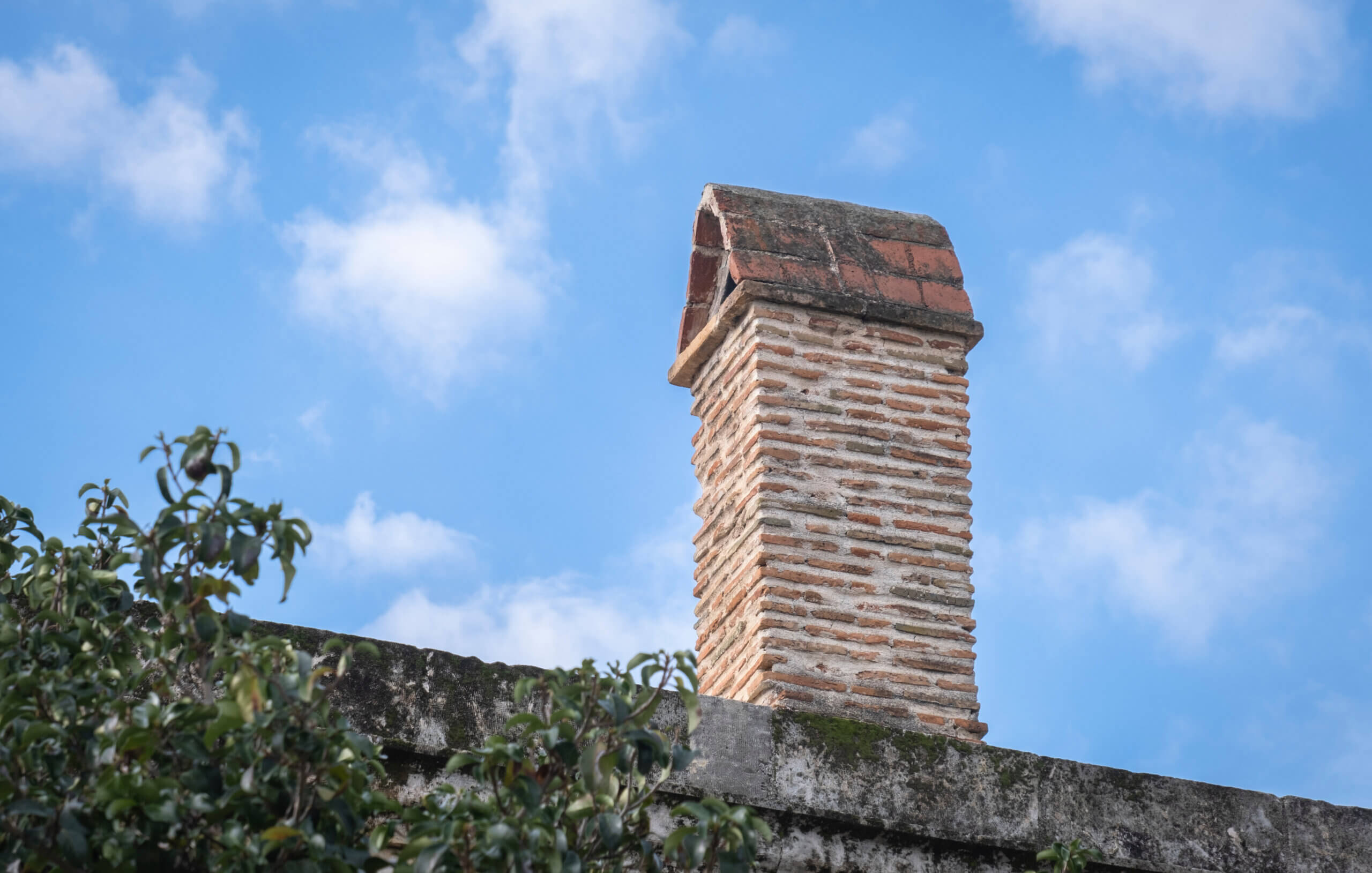Historic chimneys are an integral part of the architectural heritage of Los Angeles, showcasing the rich history and culture of the city. Preserving and restoring these chimneys is essential not only for maintaining their aesthetic charm but also for safeguarding the historical significance they hold. However, the restoration process can be challenging and requires specialized knowledge to ensure it is done correctly. In this blog, we will discuss the importance of historical chimney restoration and provide valuable tips for chimney repairs in older homes in Los Angeles.
Historical Chimney Restoration: Why It Matters
Historic chimneys serve as tangible links to the past, connecting us to the architectural styles and construction techniques of bygone eras. Preserving these structures not only enhances the visual appeal of a historic property but also fosters a sense of continuity and identity within the community. Furthermore, restoring a historic chimney can significantly increase the overall value of the property, making it an investment in both history and financial gain.
Challenges in Restoring Historic Chimneys
Restoring historic chimneys comes with its unique set of challenges. Over the years, these chimneys might have experienced deterioration due to weathering, structural issues, or inadequate maintenance. To ensure an effective restoration, it is crucial to identify the specific problems and apply appropriate solutions, all while maintaining the original character of the chimney.

Los Angeles Chimney Repair for Older Homes
1. Conduct a Thorough Inspection: Before moving forward with any restoration work, one of our professional historic preservation specialist or chimney expert will conduct a detailed inspection. This assessment will help identify any hidden issues, such as cracks, water damage, or loose bricks, which can be effectively addressed during the restoration process.
2. Use Traditional Materials: When restoring a historic chimney, it is important to use traditional materials that closely resemble the original construction. This helps retain the authenticity of the chimney and ensures that it complements the overall historic architecture of the property.
3. Seek Proper Permits: In Los Angeles, restoring historic chimneys often requires obtaining specific permits and adhering to strict preservation guidelines. Ensure you follow the local regulations and consult with preservation experts to avoid any potential legal complications during the restoration process.
4. Preserve Unique Architectural Details: Historic chimneys often boast unique architectural elements that contribute to their historical significance. When restoring, pay special attention to preserving these details, such as ornate brickwork or decorative masonry, to maintain the charm of the original structure.
5. Waterproofing and Moisture Control: Los Angeles experiences varying weather conditions, and protecting the restored chimney from moisture is crucial to prevent future damage. Apply appropriate waterproofing and moisture control measures to enhance the chimney’s longevity.
6. Chimney Relining: In some cases, the original chimney lining may be damaged or unsafe. Consider chimney relining using materials that comply with historical preservation guidelines. This will improve the chimney’s safety and functionality without compromising its historical integrity.
Historic chimney restoration in Los Angeles plays a vital role in preserving the city’s architectural heritage and cultural identity. It requires a meticulous approach, utilizing traditional materials and techniques while adhering to local preservation guidelines. By investing in the restoration of historic chimneys, homeowners not only add value to their properties but also contribute to the collective effort of preserving the city’s history for future generations to cherish and admire. If you own a historic home with a chimney in need of restoration, follow the tips mentioned above and consult with one of Eco Grizzly’s chimney experts to ensure a successful and respectful preservation process.
